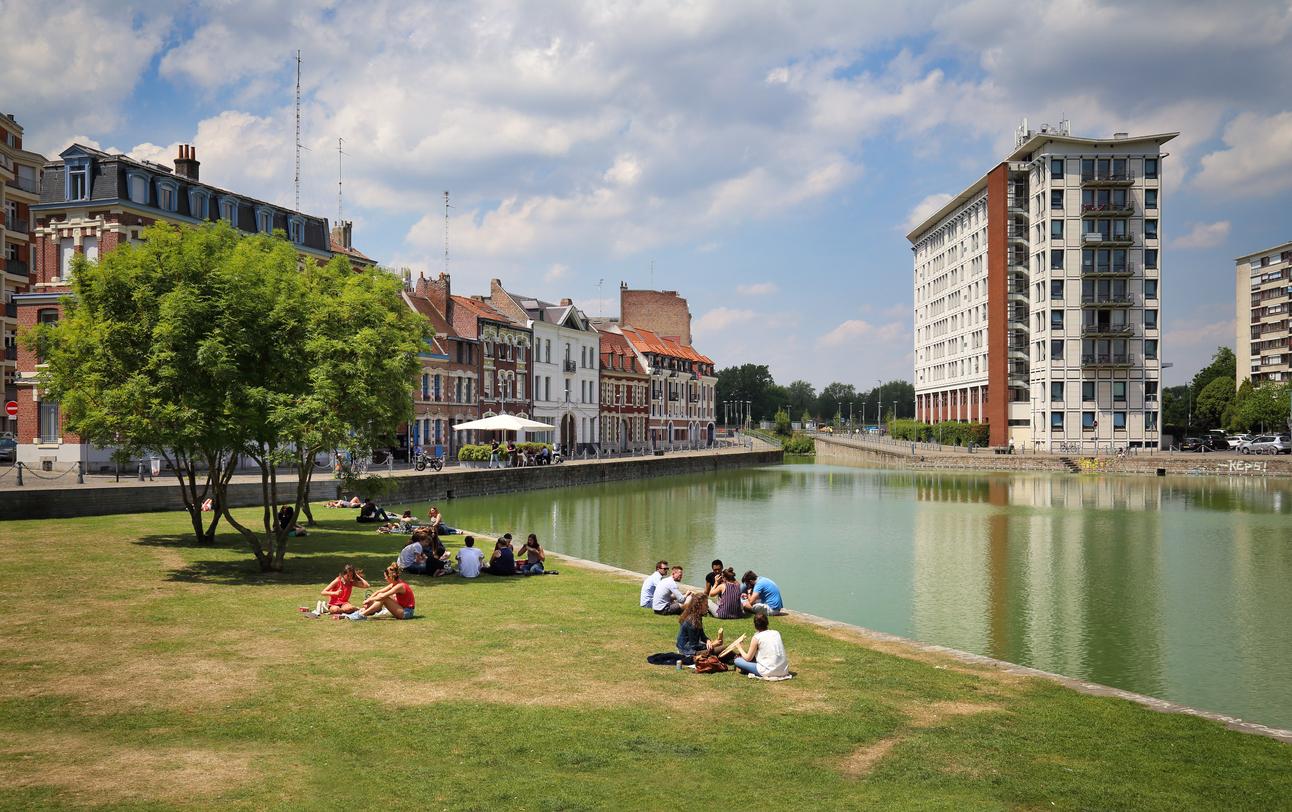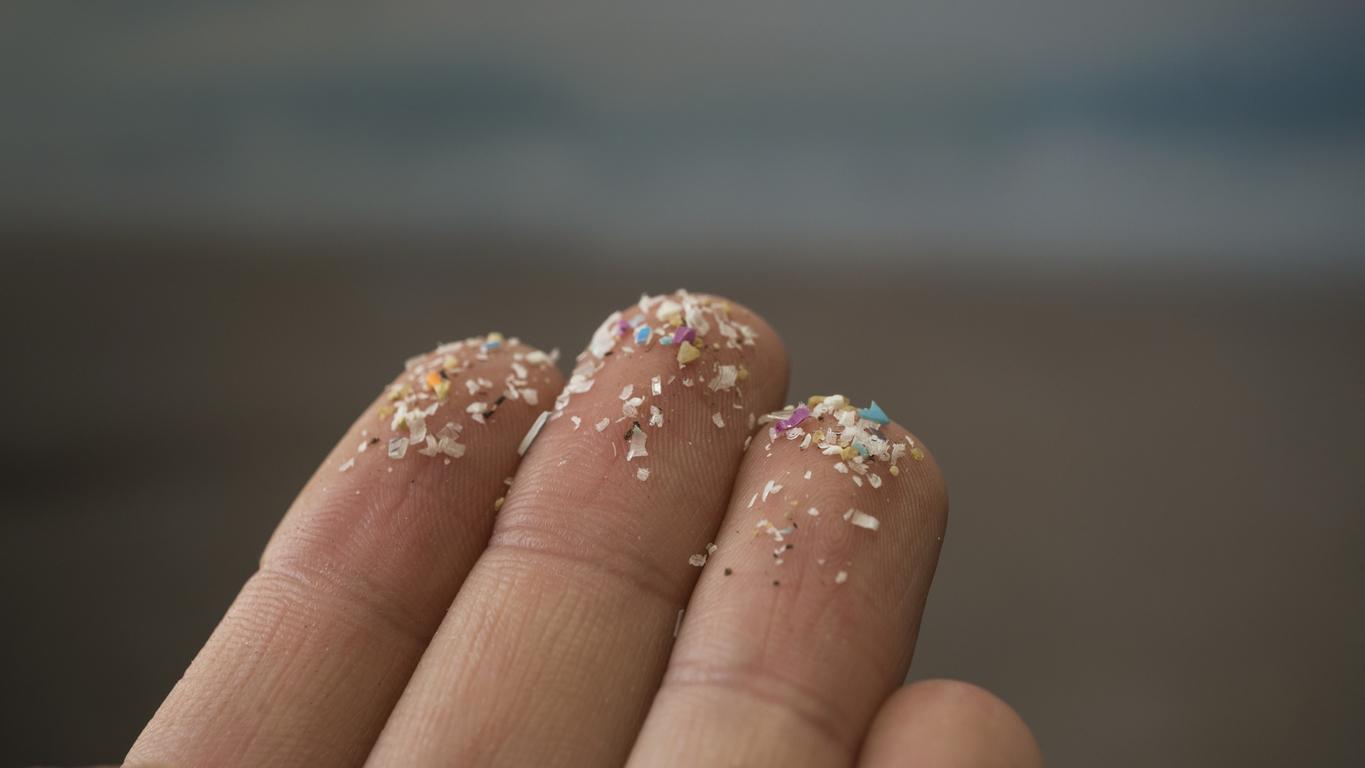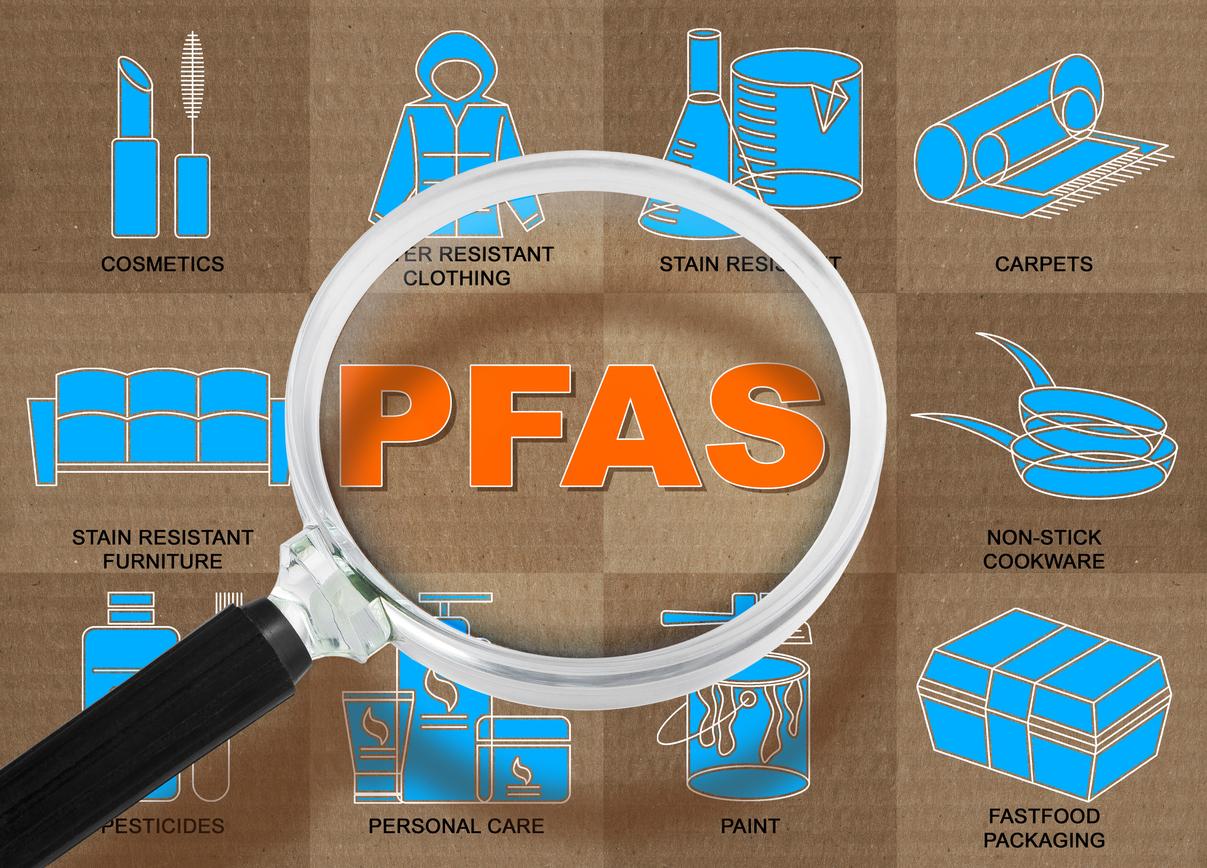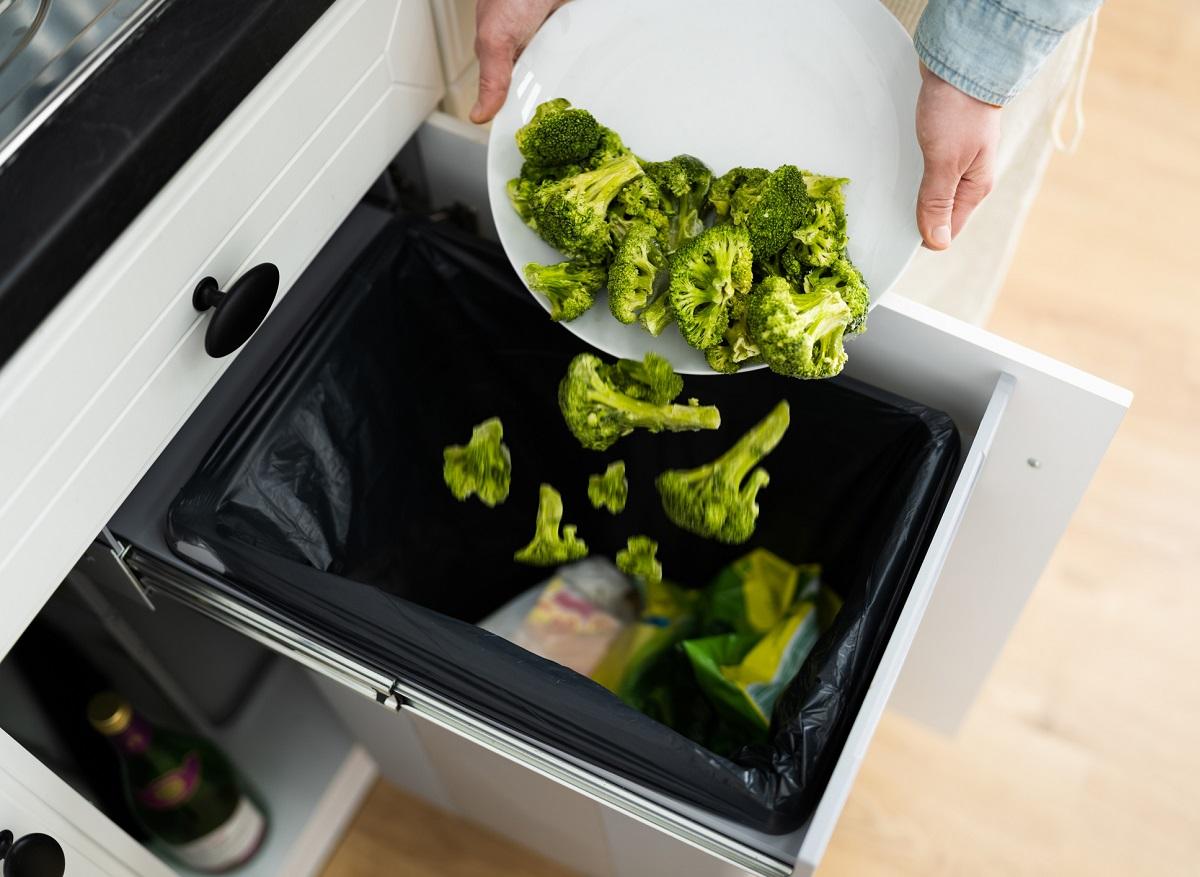In its last annual report (which does not no less than 538 pages) on the state of nuclear safety and radiation protection in France, the Nuclear Safety Authority points to the excessively high concentration of radon in 31 French departments.
This radioactive gas, completely odorless, is mostly of natural origin. It comes from granitic and volcanic subsoils and comes from the decay of uranium and radium contained in the earth’s crust. Main problem: this gas is carcinogenic.
“If we are exposed to radon over long periods, there is an increase in lung cancer. Currently, European directives require that the concentration of radon in the home be reduced as much as possible,” said Margot Trimarche, Commissioner of the Nuclear Safety Authority.
A risk of death from lung cancer
According to regional health agencies, exposure to radon represents between 5% and 12% of deaths from lung cancer, the risk being greatly aggravated for smokers. It is especially in confined spaces (cellars, crawl spaces, poorly ventilated rooms) that radon is concentrated, sometimes up to 50 times more than outside.
In its report, ASN indicates which departments are most at risk for exposure to radon. These are essentially four main areas of the territory. In the Center of France (Nièvre, Saône-et-Loire, Rhône, Loire, Allier, Creuse, Indre, Haute-Vienne, Corrèze, Cantal, Puy-de-Dôme, Haute-Loire, Aveyron, Lozère, Ardèche), in Brittany (Finistère, Côtes d’Armor, Morbihan), in Corsica (Haute-Corse and Corse-du-Sud) and in the East (Haute-Marne, Vosges, Saône, Doubs, Territoire de Belfort). In addition to these large areas are Calvados, Deux-Sèvres, Hautes-Pyrénées and Ariège as well as Savoie and Hautes-Alpes.
Radon: can we protect ourselves?
If you live in one of these 31 departments, there are kits that allow you to test for the presence of radon in your home. These tests measure the concentration of radioactivity for a few months (short-term tests) or for a year (long-term test).
To reduce the concentration of radon in your home, you can prevent it from entering the interior by sealing between the ground and the building (sealing cracks and pipe passages using silicone adhesives or cement for example.). And eliminate the radon present in the building with mechanical ventilation, to renew the indoor air more quickly.

















